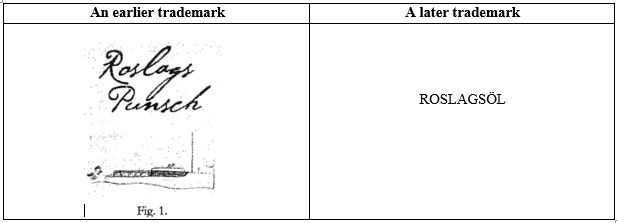CJEU on the effect of so called disclaimers
(Judgement of 12 June 2019, case no. C-705/17, Hansson)
The CJEU, responding to the questions referred by the Court of Appeal in Stockholm about the legal effect of exemptions from protection of non-distinctive elements of trademarks (so-called disclaimers), ruled that they do not affect the scope of protection granted by a trademark right. The decision of the CJEU related only to the assessment of the risk of confusion (Article 4 (1) (b) of Directive 2008/95), but it seems that the above general conclusion can be formulated on the basis of the judgement.
In the case three specific questions were asked, which can be summarized as follows:
- Is the element of a trade mark which has been expressly excluded from the scope of protection in the registration proceedings relevant to the global assessment of the likelihood of confusion?
- If the answer to question 1 above is in the affirmative, does such a reservation mean that in the overall assessment of the risk of confusion such an element must be considered to be non-distinctive, even if it is dominant in the trade mark?
- If the answer to question 2 above is in the negative, should any role in assessing the risk of confusion be granted to the disclaimer?
Directive 2008/95 did not provide for a possibility to make a disclaimer. However, Member States are granted freedom in shaping procedural rules, including trademark registration proceedings, and Swedish law allowed for disclaimers. As a reminder, neither Directive 2015/2436 nor Regulation 2017/1001 provide for disclaimers.
In the present case a disclaimer concerned words referring to the name of a region in Sweden – Roslagh and the word Punsch, i.e. a Swedish punch (one of the goods covered by the registration). Such a disclaimer at the date of filing of the earlier trademark was necessary to obtain protection. A later sign was ROSLAGSÖL and a disclaimer was not required when that trademark was filed because the practice of the Patent Office relating to geographical elements changed after the judgement in the Windsurfing Chiemsee matter (case no. C-108/97 and C-109/97). Both marks were registered for soft drinks in class 32. The earlier mark was a word-graphic mark and later a word sign.

The Patent Office and later courts dealing with the case reached different conclusions. Finally, the case went to the Court of Appeal in Stockholm, which was wondering whether the possibility of making a disclaimer should be treated as a procedural rule, since it changes the criteria for assessing the risk of confusion, i.e. falls within the scope of harmonization in the Member States. Consequently, the court referred the above mentioned questions to the CJEU.
The CJEU carried out a detailed analysis of the issue in the context of particular criteria of the assessment of a risk of confusion. It also stressed that the protection of a registered national mark against the likelihood of confusion has to be assessed in accordance with the same criteria and uniformly in all Member States. Therefore, the CJEU decided that art. 4 par. 1 lit. (b) of Directive 2008/95 precludes national legislation making provision for a disclaimer whose effect would be to exclude an element of a complex trade mark, referred to in that disclaimer, from the global analysis of the relevant factors for showing the existence of a likelihood of confusion within the meaning of that provision, or to attribute to such an element, in advance and permanently, limited importance in that analysis.
In fact, the above ruling means that disclaimers do not affect the assessment of a risk of confusion, and thus the scope of a trademark right. It is also doubtful to treat disclaimers as a procedural issue, since they affect the scope of the right to a trademark. However, the CJEU did not formulate such general conclusions. It confirmed the possibility of providing the so-called disclaimers in national laws. The question is what their role may be now in the light of the Hansson judgement.
The judgement is interesting not only because of the conclusion that disclaimers do not affect the scope of a trademark right described by the prerequisites of a trademark infringement but also because it illustrates how difficult it is to assess the impact of a descriptive element of a trademark on the existence or not of a risk of confusion. It seems much more difficult than in the case of assessing the distinctiveness of the mark at the stage of its registration, when this assessment is carried out in an abstract way.
In the case at hand, the word Roslags in the earlier mark may be regarded as a dominant element. Nevertheless, it is a geographical name. The ROSLAGSÖL mark contains the identical Roslags element. However, if the latter word is fanciful, it’s difficult to talk about confusion between both trademarks. If, however, the word ROSLAGSÖL is to some extent descriptive, and the level of descriptiveness of both trademarks is similar, which may be the case in the matter, a confusion may exist.
According to a settled case-law, descriptive or low-distinctive elements do not affect the overall impression produced by a trademark. Such an assessment criterion is only apparently simple and easy to apply. In a particular case, the assessment is usually not so obvious. On the same day on which the CJEU handed down the Hansson judgment, the General Court issued a ruling on a conflict between the marks shown in the table below (judgement of 12 June 2019, case no. T-583/17, EOS).

The court ruled that there is no risk of confusion between the signs due to different graphics, color and the presence of a descriptive word FINANCE. The court ruled that the word FINANCE, whose character is only descriptive of the services covered by the mark applied for, cannot be ignored in the overall assessment of the risk of confusion, since this element will certainly be noticed by the clients due to its size and placement in the trademark. Certainly, the comparison of the words EOS v. IOS alone could decide on a different result of the case.
Both of the above judgements illustrate that issues related to trademarks with a descriptive element are now one of the main themes of the community case law.
Zobacz też:
Pierwsze pytanie prejudycjalne dotyczące AI
Sprawa C-250/25, Like Company przeciwko Google, została skierowana do Trybunału Sprawiedliwości Unii Europejskiej przez węgierski sąd okręgowy (Budapest Környéki Törvényszék) w kwietniu 2025 r. Sprawa dotyczy działania chatbotów w kontekście prawa autorskiego, w...
Złożoność i wysoka subiektywizacja oceny w zakresie ryzyka konfuzji na przykładzie trzech najnowszych orzeczeń TSUE
Ryzyko konfuzji występuje, gdy odbiorcy mogą nabrać przekonania, że dane towary lub usługi oznaczone przeciwstawionymi znakami towarowymi, pochodzą z tego samego przedsiębiorstwa lub z przedsiębiorstw powiązanych gospodarczo. Przyjmuje się, że ocena ryzyka...
Przegląd orzecznictwa TSUE od 12.04 do 4.05.2025 r.
Poniżej przedstawiamy przegląd orzecznictwa TSUE w sprawach dotyczących własności intelektualnej za okres od 12 kwietnia 2025 r. do 4 maja 2025 r. T-338/24 - Mobility Trader przeciwko EUIPO - Cala and Ruiz (hey car select) - Sprawa dotyczyła postępowania w sprawie...
Kontakt
Zapraszamy do kontaktu lub wizyty w naszej kancelarii
Warszawa
ul. Sobieszyńska 35,
00-764 Warszawa
tel. +48 664 948 372

